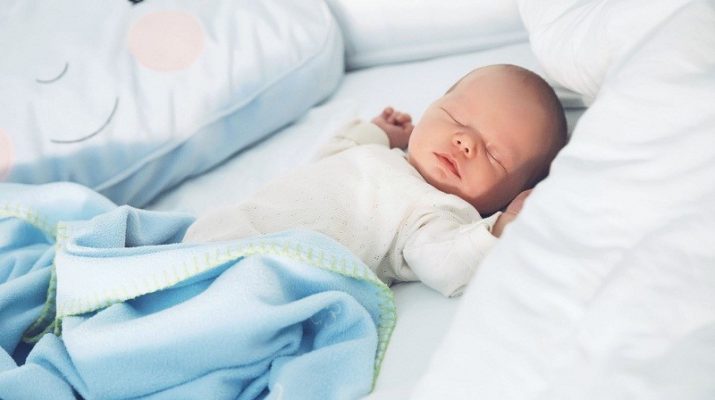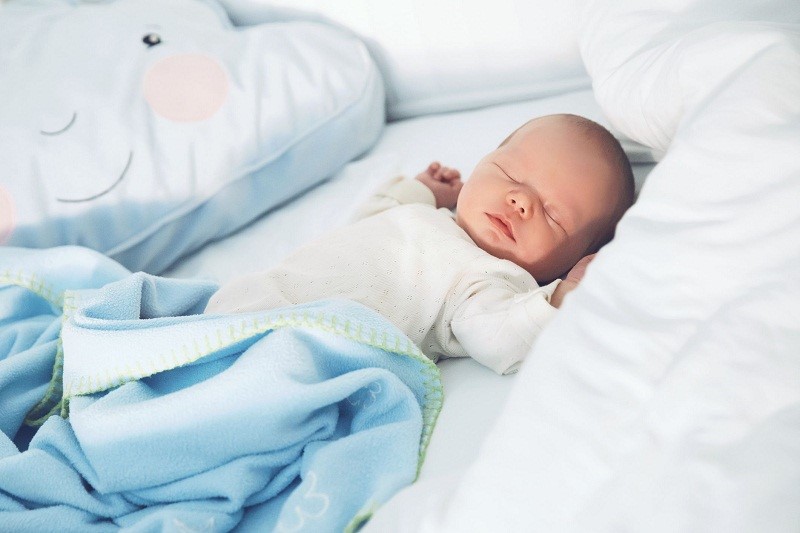Toddlers need to sleep for 12 to 14 hours per day split between daytime naps and nighttime sleeping. Aged one to two years, toddlers are curious. Their curiosity often emanates from being more aware of their surroundings. To ensure your child sleeps safely throughout the night, you need to take more caution about where and how your child sleeps.
If you are a parent or a guardian of a toddler, here are 7 tips that you can apply to ensure your child sleeps safely:
1. Use An Appropriate Pillow
Although adults sleep well with pillows, using the same pillow for your toddler can pose a risk. It’s essential that you get an appropriate pillow for your toddler to keep him safe and comfortable in bed throughout the night. When buying a pillow for your toddler, avoid the large size as that can put your child at risk of suffocation.
Consider the firmness of your pillow as well. Getting a firm pillow works best because it stabilizes the spine and neck of the child which are still developing. If your toddler is allergic, pay attention to the material on baby pillows to ensure it won’t cause reactions. Opt for hypoallergenic pillows to avoid triggering allergic reactions.
2. Remove Large Toys from The Crib
To keep your child safe during sleep, avoid placing extra-large toys in their crib, especially stuffed ones. Don’t leave bumper pads in the crib as well. This is important because a toddler can use such toys to step up and climb over the rail of the crip. Besides large toys, keep objects that have ties or strings out of the crib. Leaving cords in the crib with a toddler poses danger because they can wound round their neck and injure them accidentally.
3. Put the Toddlers to Sleep on their Back
The other thing you need to do to keep your toddlers safe as they sleep is to lay them on their back. Although they’re likely to change position and lie on their side or stomach, putting them to sleep on their back reduces the risk of sudden unexpected death in infancy (SUDI). After transitioning the toddler to bed and as he grows, he’ll begin to crawl into bed by himself and ultimately begin putting himself to bed in the position that he’s most comfortable.
4. Use A Safe Mattress
To ensure your toddler sleeps safely, get a mattress that’s in good condition that’s also clean, firm, flat, and without tilts. If your toddler still sleeps in the crib, ensure the mattress is placed well, with a gap that’s less than 20 millimeters between the crib and the mattress. Leaving gaps in the crib can put the toddler at risk of jamming or wedging the head. Avoid using soft mattresses on your toddler’s bed as that can expose you to risks associated with a sudden unexpected death.
5. Remove Objects that the Child May Reach
Check whether there are dangling objects in the crib that your toddler may be able to reach if they stand. Such items may include curtains, wall hangings, dresser doilies, and window blinds. If your toddler is very active, consider moving him from the crib and placing him on a toddler bed for safety purposes. Also, you may anchor the walls with large furniture to keep the kid from falling over if they try to climb on top of the furniture.
Toddlers tend to move around, exploring their surroundings. This could mean attempting to get out of their cribs. If your toddler still sleeps in a crib, keep the mattress at the lowest point so it’s harder for them to get out. In some situations, your toddler may still try to get out of the crib. If this happens frequently, move him to a bed that has a side rail.
6. Move Your Toddler to a Bed at the Right Height
Before transitioning your toddler from the crib to a bed and a side rail when he’s at least 35 inches tall. At this point, the toddler will be approaching three years of age. In most instances, toddlers move to a bed when they’re aged between one and half years and three and a half. When sleep time comes, allow your child to fall asleep by himself. After the first year, most toddlers are able to sleep by themselves and find a comfortable position for themselves.
Final Thoughts
Even though your toddler isn’t as small as an infant, safe sleeping is still important for him. Ideally, your toddler should sleep up to 13 hours a day. To ensure the toddler sleeps comfortably and for the right duration of time, maintain a predictable sleep routine. Have your toddler go to bed at the same time every day and apply all the tips discussed above to keep your toddler safe during sleep.


